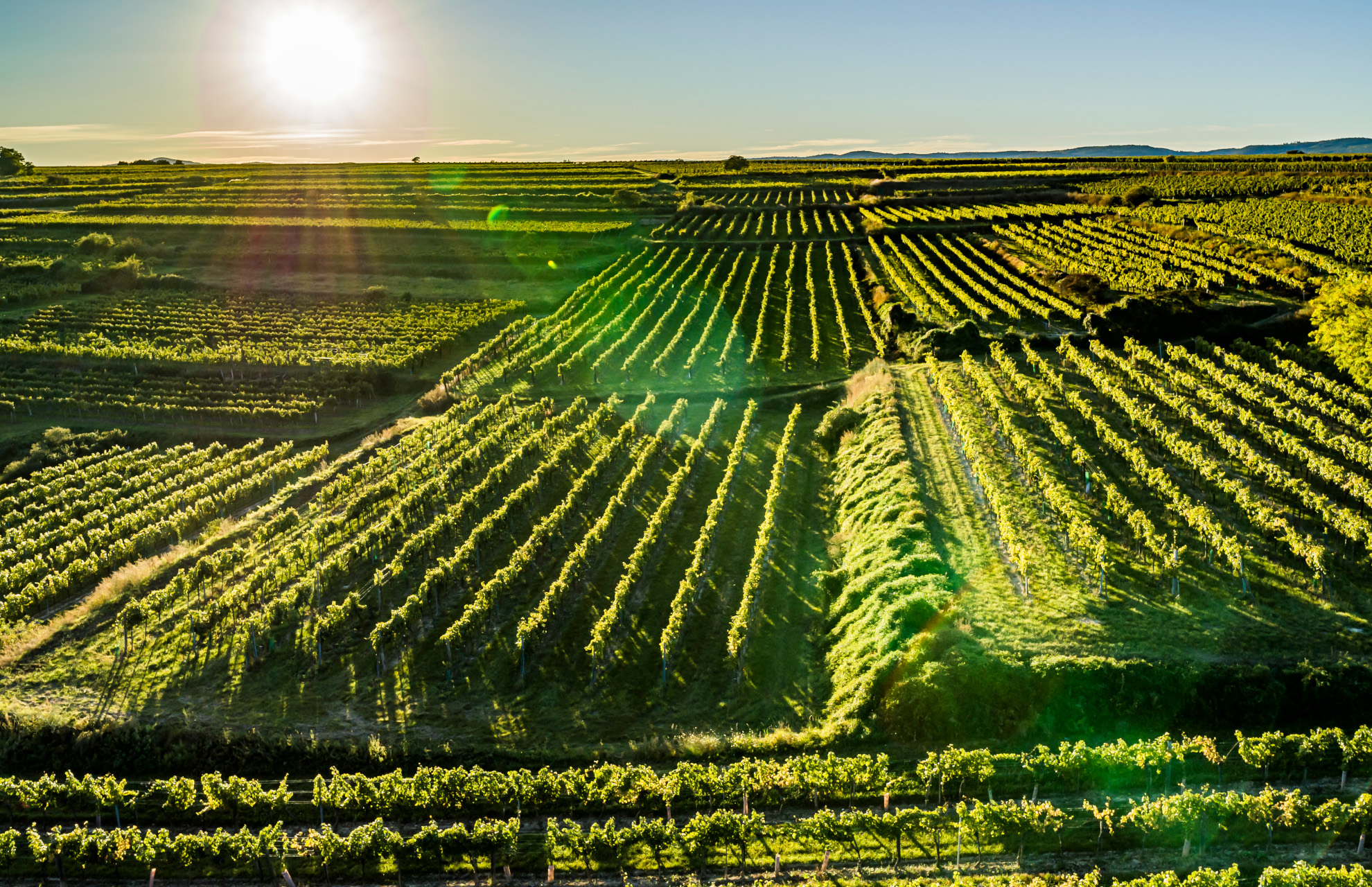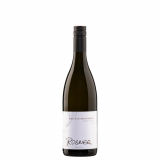Vintage 2023 began after a dry winter with very mild temperatures in March. Fortunately, this was followed by a relatively cool April, which shifted the timing of bud break to the end of the month. With the risk of late frost averted, the weather turned quite humid. This was ideal for the dry vineyards, where greenery and flowering strips were able to visibly recover. However, the conditions were also ideal for downy mildew, a disease that was present right from the start. Now it was time to carry out precise and effective foliage work: Break out shoots and ensure a loose and well-ventilated canopy. Flowering shifted to the last week of June, and this was also when the hot weather began. The vineyards suffered a little, but were spared major drought stress. The saving rain came, but it was meant too well. With a downpour at the beginning of the harvest, it brought up to 90 liters per square meter and hailstorms in many vineyards. This delayed ripening in many vineyards and made very precise manual harvesting necessary, especially in the damaged vineyards. All in all, a challenging year, but one that produced astonishingly expressive wines thanks to a great deal of precise work. Moderate acidity, elegant and creamy.



